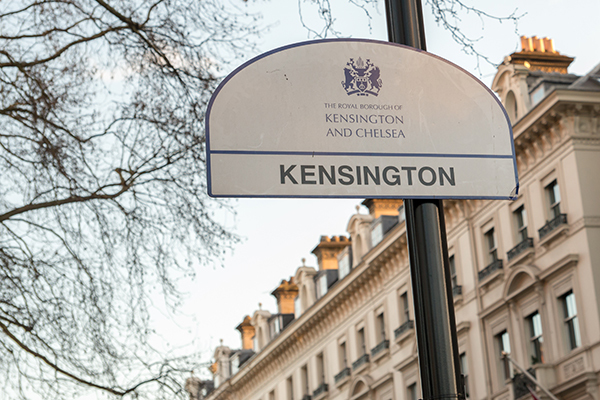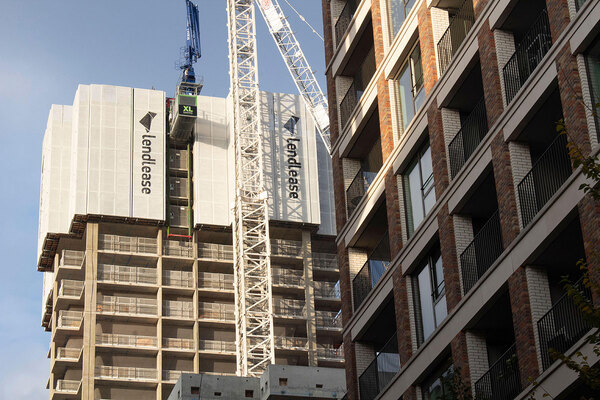You are viewing 1 of your 1 free articles
Second major developer to cover cost of removing cladding on private block
Major house builder Taylor Wimpey has revealed it will cover the cost of replacing dangerous cladding on a development in Glasgow.
Leaseholders at the Glasgow Harbour development were facing a £10m bill to remove and replace the cladding.
But Taylor Wimpey, which finished building the development back in 2007, has said it will step in to cover the costs.
The development is made up of two tower blocks, and four buildings between seven and nine storeys tall.
The developer follows in the footsteps of Barratt Homes, which has agreed to pay for the removal and replacement of cladding at the Citiscape development in Croydon, where residents also faced huge bills to carry out the work.
Glasgow Council commissioned a survey on the buildings at Glasgow Harbour, which revealed that the alumnium composite material (ACM) cladding does not meet current building regulations in Scotland.
A spokesperson for Taylor Wimpey said the cladding did meet regulations in place when the development was built. The Alucobond PE cladding used at Glasgow Harbour had a British Board of Agrément certificate that stated it met Class 0 specifications for the surface spread of flame, Inside Housing understands.
The survey also found that certain parts of the external wall construction “may need to be remediated or replaced”. Taylor Wimpey will also cover these costs, as well as the short-term fire safety measures put in place. Inside Housing understands it is not yet clear how much this work will cost in total.
Inside Housing understands Taylor Wimpey will make a decision about whether to fund the removal of cladding on other tower blocks it built on a case-by-case basis.
A Taylor Wimpey spokesperson said: “The residents and owners at the Glasgow Harbour development are our number one priority and we recognise that the current situation is a cause for concern for them. While the ACM cladding met the technical standards relevant at the time of the building warrant application, we agree that it needs to be replaced.”
The spokesperson said the relevant building standards were updated by the Scottish Government after building work had started on Glasgow Harbour. The development construction began in 2003, the first flat was completed in December 2004 and the last flat was completed in April 2007.
A spokesperson for Glasgow Council said: “This has been an exceptionally complex matter which we know has caused considerable concern for owners and residents. It is very welcome that Taylor Wimpey has agreed to fund this work.
“The council has worked to ensure that residents were able to stay in their properties and has brought partners together to find a solution. As Taylor Wimpey and the owners work together to agree a methodology and timescales to replace the cladding we will continue to work in partnership and give them all the support they need.”












